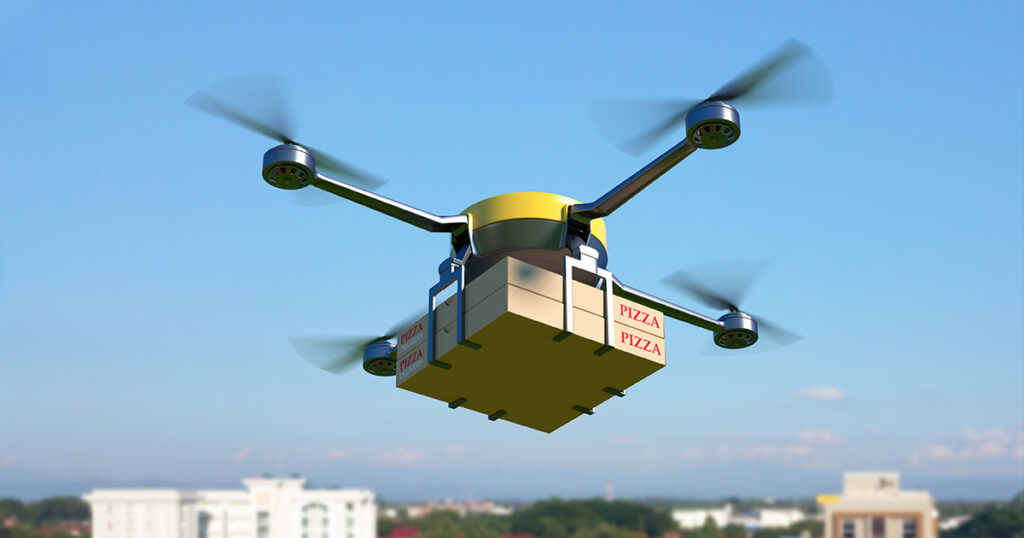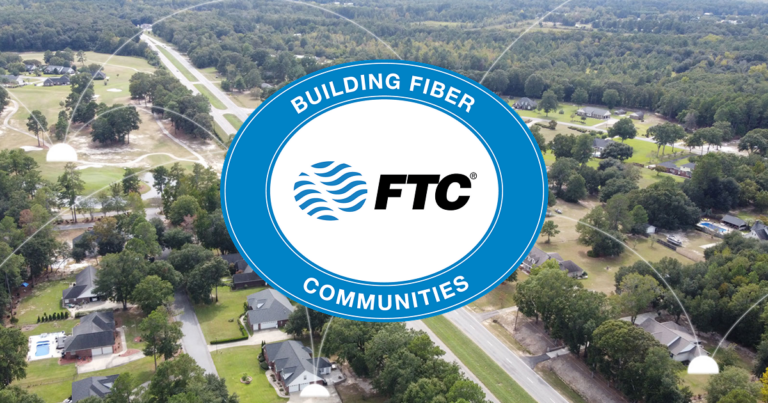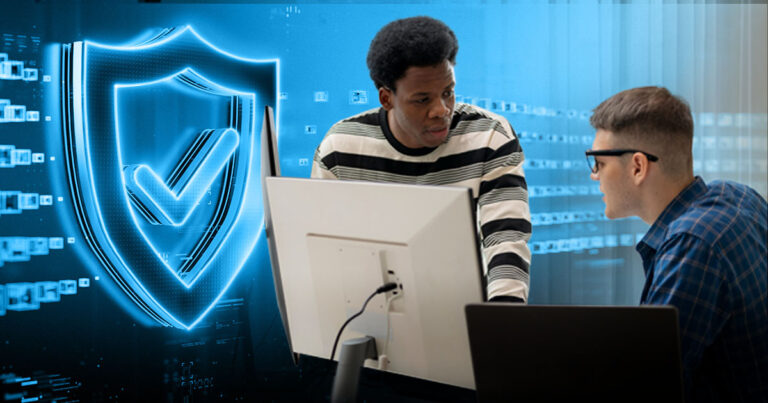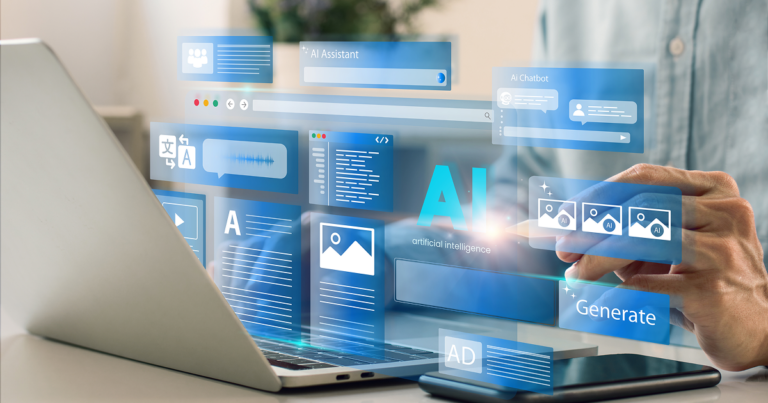While many of today’s consumers may think of drones as kids’ toys (and the recreational versions can indeed be a lot of fun to play with, even grown-ups must admit), these technological tools are much more than a flying evolution of the remote-control car. They are used as efficiency-boosting and timesaving tools in a range of industries, from mining and surveying to shipping and delivery, search and rescue and weather forecasting.
Moving forward, they promise to take on even greater roles in everyday society. Consider these five ways that drones may factor into Americans’ lives in the not-too-distant future (and even already!):
- Film and television production: Consumers who regularly surf the internet or watch television have likely already seen video shot via drone, as the aerial technology provides an inexpensive and easy way to get overhead shots of city buildings and streets, natural landscapes, large event crowds and sporting events. In 2014, the Federal Aviation Administration gave approval for the commercial use of drones (with some limitations for safety purposes) in the domestic television and film industry, and their use in the field is likely to expand as the technology advances.
- Firefighting: While drone technology doesn’t (yet) have the capabilities to carry enough water or other fire retardant to actually extinguish many flames, it is already being used to get a bird’s-eye view of wildfires and structure fires so that firefighters can determine the best strategies for controlling blazes. In one lifesaving example, a firefighter fell through the wooden floor of a Colorado church in 2011, and the local department employed a drone equipped with a thermal infrared camera to pinpoint which spots to soak with water to gain control of the fire. The effort was successful, and the firefighter was rescued.
- Delivery services: Drone use in retail and food delivery is currently in its infancy, but the technology holds great potential in getting fast food to hungry customers’ doorsteps even faster and medications from the pharmacy directly to patients with more speed and less hassles. In what might be the best-known test case in the field, Domino’s pizza delivered its first airborne order via drone in 2016, helping a New Zealand couple satisfy its cravings by landing in their back yard near Auckland. Flight time under five minutes with all traffic and stop lights completely avoided.
- Traffic monitoring: When traffic jams, wrecks, slowdowns and other roadway congestion arises, authorities can have a tough time getting to the scene to take an assessment because of … well, traffic. But by employing drone technology equipped with such helpful tools as cameras and laser mapping equipment, they could get eyes on the scene faster, allowing them to determine much more quickly if additional personnel and equipment is needed to resolve any issues. This is just one example of the potential for drone use in this area. A number of states, including Georgia, are looking into various ways drones might be used to improve traffic flow and make roadway projects more efficient.
- Search and rescue: In just one example of the role drones can play in this field, when a hiker is lost in remote areas of the wilderness, it can be a real challenge for search and rescue teams to cover hundreds (or more) square miles. But with the help of drones, perhaps even employing heat-sensing technology, the often lifesaving searches can be performed much more quickly and efficiently.
For regular insights on the latest trends in consumer technology and updates on FTC news and offerings, keep an eye on the FTC News and Blog, and follow FTC on Facebook and Twitter.




